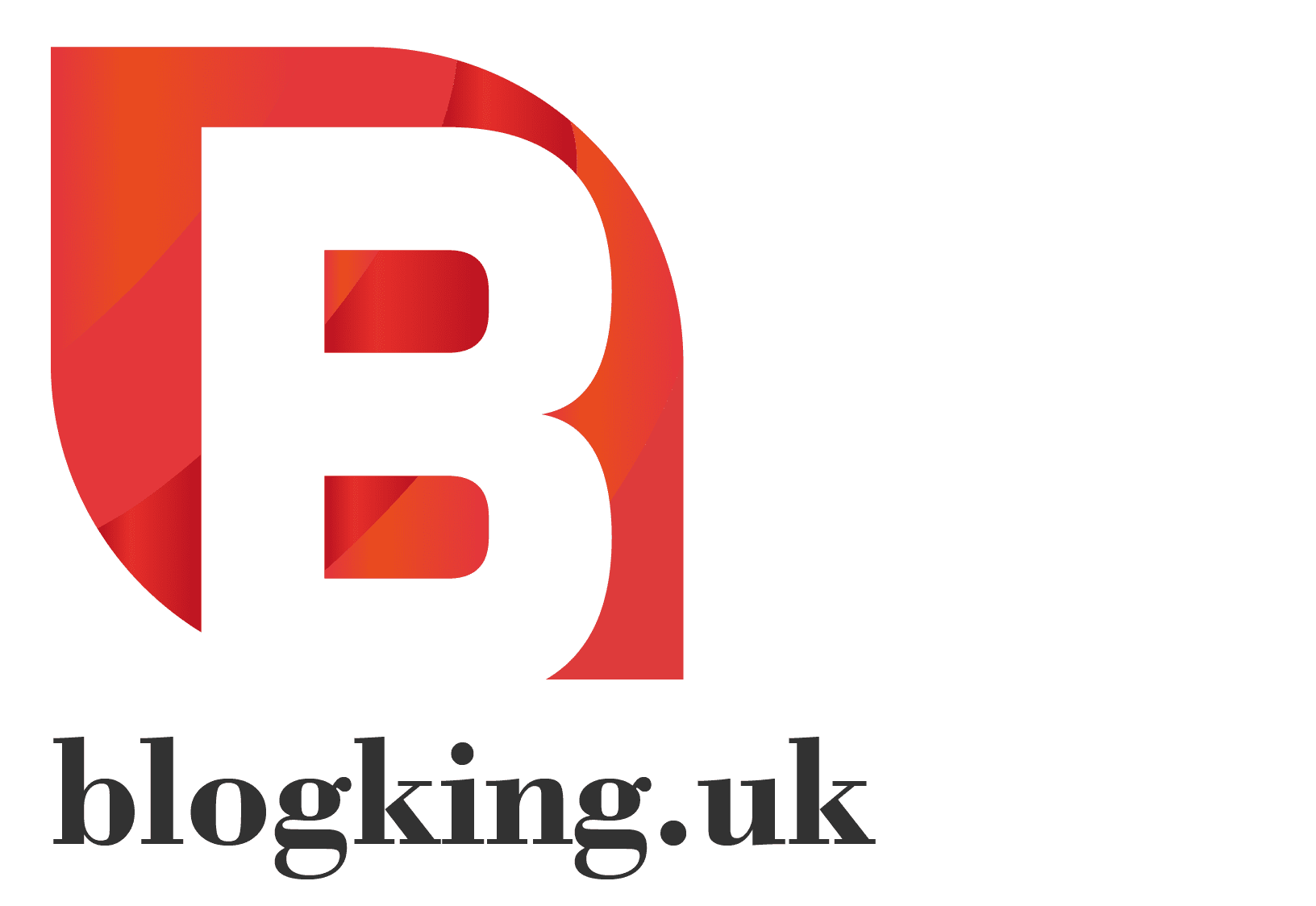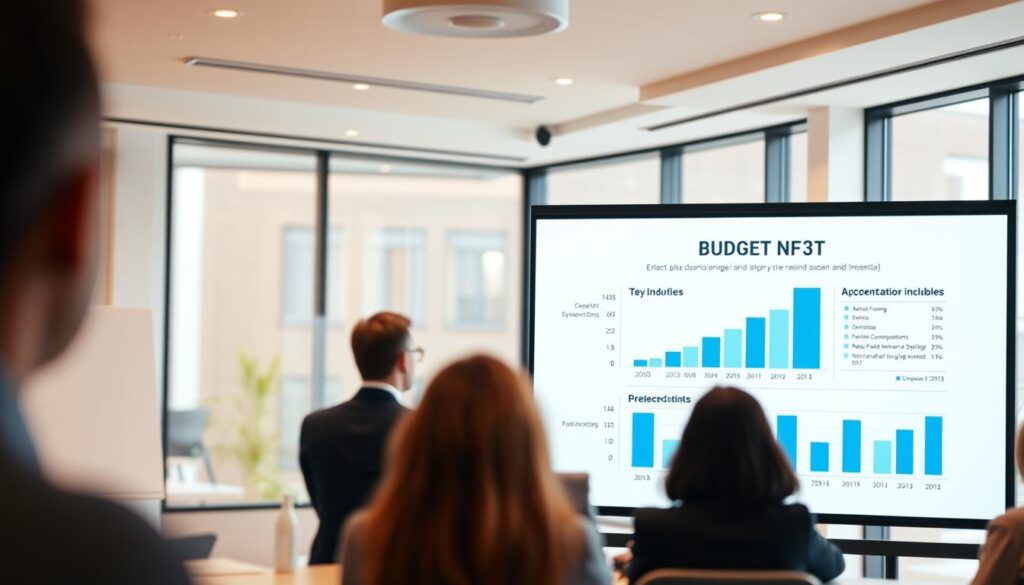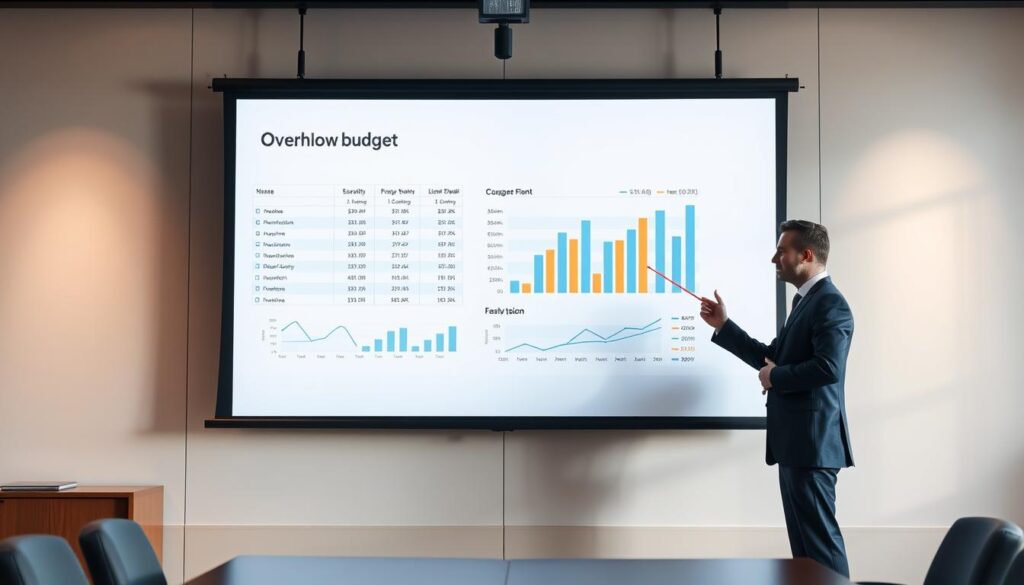Presenting a budget is key in managing money. It clearly shows your financial plans and builds trust with others. Good budget presentation skills show both the good and bad sides of your finances. This is vital for being open and building confidence.
To really grab your audience’s attention, you need to link your budget to your goals. This makes your financial health clear and important to everyone involved. For more budget presentation tips, focus on what you want to say and use the right data.
Table of Contents
Key Takeaways
- A well-structured budget presentation instills confidence among stakeholders.
- Understanding your audience is key for good communication.
- Visual aids make presentations clearer and more engaging.
- Linking financial data to organisational goals helps everyone understand.
- Being open is vital for trust and accountability.
- Summarising key financial points makes things clear.
- Practising your presentation boosts your confidence and delivery.
How to Present Your Budget to Stakeholders
Presenting your budget well means understanding how to talk to different people. You need to know who you’re talking to. The finance team wants numbers, while marketing wants to know how the budget helps their campaigns. So, it’s key to know your audience before you start.
Identifying and Understanding Your Audience
Knowing who you’re talking to helps you tailor your message. You should use simple language to keep everyone interested. Use budget presentation tips to make it clear and engaging. Create a chart to show how your budget meets their needs.
Setting Clear Objectives for Your Presentation
Having clear goals is essential for a good budget presentation. It keeps your message focused and meets what people expect. Use accurate data to support your points and link them to the company’s goals. Using stories can make numbers more meaningful and interesting.
Key Components of an Effective Budget Presentation
Making a good budget presentation needs focus and clear words. Adding pictures and key numbers can make your message stronger. These steps help keep your audience interested and make sure they get the main points.
Incorporating Visual Aids for Clarity
Charts and graphs make hard data easy to see. They let people get the main ideas fast. Make sure each picture is simple and shows just one thing.
Use bright colours and clear labels to draw attention to the important bits. This helps your budget presentation stand out.
Highlighting Key Financial Metrics and Trends
Point out key money numbers like how much money you make and spend. Use clear headings and short text to show these trends well. A table can show how things change over time, giving clear money insights.
| Financial Metric | Q1 2023 | Q2 2023 | Q3 2023 |
|---|---|---|---|
| Revenue Growth (%) | 5% | 8% | 7% |
| Expenditure Breakdown (%) | Marketing: 30% | Marketing: 25% | Marketing: 28% |
| Net Profit Margin (%) | 12% | 15% | 14% |
In short, clear pictures and key money numbers make your budget presentation better. This way, people understand and get involved, leading to better decisions.
Choosing the Right Presentation Format
When you think about showing your budget to stakeholders, picking the right format is key. A good format keeps your audience interested and makes your message clear. We’ll look at how to present your budget well, using templates and tools to make it easier.
Using Templates to Enhance Clarity
Using templates can make your presentation much clearer. They keep your layout consistent, so your audience can focus on important details. A good template will show off your budget’s main points, helping stakeholders understand complex data fast.
Choose templates that match your organisation’s style and show the right information.
Recommended Tools for Budget Presentations
There are many tools that are great for budget presentations. Here are a few:
- Prezent.ai: Perfect for presentations that need to grab attention with visuals.
- Google Slides: Great for working together and has lots of templates.
- PowerPoint: Offers lots of templates and ways to add visuals.
Using the right tools can make creating your presentation easier. They help make your presentation look good and be full of useful information. Some tools even have special templates for showing financial data, helping you show your budget clearly.
Crafting a Compelling Narrative with Your Budget
Presenting a budget is more than just showing numbers. It’s about turning those numbers into stories that people can relate to. This way, stakeholders get a better grasp and remember it more. It’s key to know how to present your budget well.
Transforming Numbers into Stories
Start by finding the main points of your budget. Think about growth, innovation, or saving money. When you mix these ideas with financial data, your presentation gets stronger.
Use stories or examples to show how money decisions make a difference. This makes your budget talk more engaging and memorable.
Linking Financial Data to Real-World Implications
It’s important to show how money affects everyday life and future plans. Talk about how budget choices impact your work and goals. Point out projects that show off your financial strategy.
This makes the numbers clearer and shows how everyone’s help is important. By linking your story to real-life effects, you boost stakeholder interest in budget planning.
Best Practices for Engaging Stakeholders
It’s key to engage stakeholders when presenting budgets. Good stakeholder engagement leads to better dialogue and decisions. Adding interactive parts to your presentation makes it more engaging. This lets stakeholders share their thoughts and worries.
Utilising Interactive Elements During Presentations
Using polls, quizzes, or live Q&A sessions boosts audience participation. These features encourage active participation, not just listening. They keep the audience engaged and create a team spirit.
As a best practice, make your presentation interactive. This way, stakeholders feel part of the discussion.
Encouraging Audience Participation and Feedback
It’s important to ask for feedback during the presentation. This gives you valuable insights and lets you adjust your message on the spot. Make sure stakeholders feel free to share their opinions.
Ask clear questions and make sure everyone knows their input is valued. This builds trust and strengthens relationships.
Breaking Down Budgets by Department
Understanding departmental budgets is key to transparency and accountability in your organisation. By breaking down budgets, each department knows its financial role and how it helps the bigger picture. Good budget presentation techniques help show past performance, spot trends, and find areas for betterment.
Facilitating Transparency and Accountability
A clear budget breakdown makes finances open to all. This builds trust and promotes accountability. It shows how each budget supports the organisation’s goals, helping teams see the importance of their financial plans.
Prioritising Key Areas for Stakeholder Attention
By focusing on key departments in budget talks, stakeholders can concentrate on what’s most important. This focus is vital for effective budget talks. A clear presentation that highlights these areas helps everyone understand their roles and work together towards shared goals.
Strategies to Avoid Common Pitfalls
Presenting a budget can be tough, with many common mistakes. Using good budget presentation techniques helps make your message clear and engaging. Focus on being brief and clear to make a big impact.
Keeping Presentations Concise and Focused
To avoid overwhelming your audience, keep your presentation short. Identify the main points you want to share. Avoid using too much technical jargon or details.
Stick to what’s important. Use bullet points and highlight key numbers to keep your audience interested. This way, they’ll easily follow your main ideas.
Rehearsing for Clarity and Confidence
Rehearsing your presentation is key to success. Practice in front of others to improve your delivery and get feedback. This boosts your confidence and prepares you for any questions.
Good presentation techniques include timing yourself and knowing your slides well. The more you practice, the more confident and effective you’ll be.
| Rehearsal Strategies | Benefits |
|---|---|
| Practise in front of a live audience | Provides immediate feedback and builds confidence |
| Record your presentation | Allows you to review and refine your delivery |
| Timing your speech | Ensures succinctness and adherence to time limits |
| Use visual aids during practice | Enhances your familiarity with the material |
| Anticipate possible questions | Prepares you for audience engagement |
Conclusion
Effective budget presentations are key to engaging stakeholders in planning and decision-making. By linking data to strategic goals and using proven tips, your message can have a big impact. Storytelling, visual aids, and participation make presentations engaging.
Understanding your audience and avoiding common mistakes are vital. These steps help ensure your budget presentation clearly shares financial strategies and goals. These strategies aim to improve financial planning and your organisation’s health.
By using these insights in your presentations, you become a skilled communicator and a valuable partner in achieving financial goals. For more help on presenting your budget well, check out budget communication strategies.








